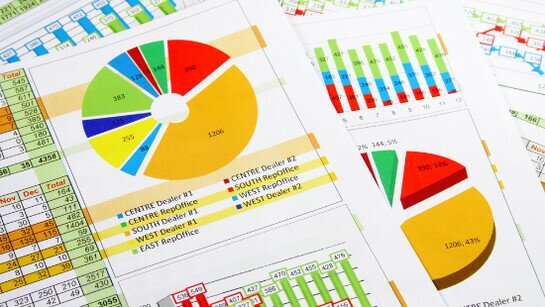- The Consumer Council (the Council) is pleased to submit views to the Environment Bureau (EB) regarding issues raised in the consultation document on Restriction of Sale of Energy-inefficient Incandescent Light Bulbs (ILB) which are set out in the following.
Whether Hong Kong should restrict the supply of energy-inefficient ILB by mandatory scheme, voluntary measures or leaving it to market forces
- The Council supports launch of a mandatory scheme to restrict the supply of energy-inefficient ILB, since it would be difficult to achieve the desired effect by voluntary measures or market forces.
- The Council believes that by restricting the supply of ILB, higher energy efficiency lamps will come to be more widely used as replacement. This can produce saving in electricity bills for general consumers and reduction of carbon dioxide emissions from the community at large.
The types of ILB that should be restricted if a mandatory scheme is introduced to restrict the supply of ILB
- The Council supports restricting the supply of non-reflector type ILB by phases through legislation. The Council agrees that 25 watt or above non-reflector type ILB, which operates at a single phase electricity supply of nominal voltage of 220 volts, should be covered in the initial phase of the mandatory scheme since many substitutes are available in the local market.
Whether Hong Kong should adopt the MEPS approach in phasing out ILB
- The Council considers mandating the minimum energy performance standards (MEPS) a viable approach in phasing out ILB. The Council supports requiring importers or manufacturers of ILB to submit to the EMSD product test reports and updated information at reasonable intervals and recommends that EMSD's register be closely monitored for effective control.
- To ensure that the regulated products perform within the prescribed limits, the Council suggests that EMSD conducts surveillance checks/tests to see if the energy efficiency of ILB products are as claimed.
- The Council agrees that registered ILB products should carry appropriate labelling to enable consumers to identify them easily.
- However, it may be difficult for consumers to appreciate the difference between different types of ILB, that is, registered ILB, excluded ILB (such as tungsten halogen lamps), and non-regulated reflector type ILB.
- The Council therefore calls for an educational publicity drive to be launched well before implementation of the scheme to raise awareness and understanding of the general public.
Chemical Waste arising from spent CFL
- Upon implementation of the proposed scheme, it can be foreseen that more consumers will switch to use compact fluorescent lamps (CFL), which are commonly available in the market. While the public at large will benefit from the reduced power consumption in Hong Kong, the Council is highly concerned that the capacity of the treatment facility at the Chemical Waste Treatment Centre for the treatment of disposed CFL may not be sufficient to cope with the increasing usage of CFL when ILB is being phased out. Any improper disposal of the used CFL, more particularly if chemical waste disposal capacity falls short of demand, would increase the risk of environmental contamination. It will be necessary for the government to ensure there is corresponding expansion in the capacity of the treatment facility at the Chemical Waste Treatment Centre to cope with increased CFL dumping arising from restricting the supply of ILB.
- Furthermore, if many CFLs are handled like normal garbage, the mercury vapours might leak out and it could pose potential health hazard to workers who process rubbish. The potential health risks associated with mercury should not be overlooked.
- It will be to consumers' benefit for EMSD to draw more CFL samples of listed MEELS models for compliance monitoring test on their energy performance and promptly de-register models with performance or life spans falling short of the requirements under the Mandatory Energy Efficiency Labelling Scheme.
- The Council recommends that sustainability assessment of CFL should take into account the aspect of chemical waste treatment. Energy and resources consumed in waste treatment and recycling should also be included in the calculation of saving potentials or benefits of implementing the scheme.
Replacement Options
- The Council calls for the government to promote alternative forms of energy-efficient lighting (for instance LED lamps) to enable consumers to make informed choices as they switch away from ILB. Currently, LED lamps are subject of a voluntary Energy Efficiency Labelling Scheme launched in June 2011. The government may consider conducting performance tests and quality assessment on LED lamps available on the market to enable consumers to assess the costs and benefits of using them as substitutes for ILB and CFL.












